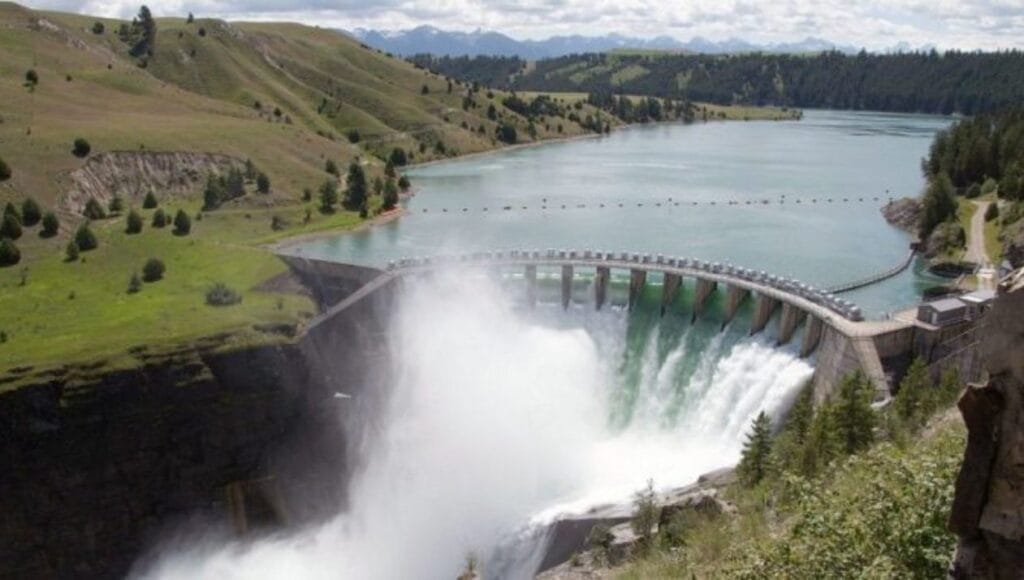The reservoirs of dams for agricultural use reached 3.77 billion m³ as of October 25, representing a filling rate of 27%, compared to 24% during the previous season, said Ahmed El Bouari, the Minister of Agriculture, Maritime Fisheries, Rural Development, and Water and Forests, on Monday in Rabat.
In response to an oral question in the House of Representatives regarding the current agricultural campaign, Mr. El Bouari specified that 70% of these reserves are concentrated in the Sebou and Loukkos basins.
He added that appropriate volumes of water will be allocated to allow farmers to practice irrigated crops, thereby contributing to the supply of the national market and job creation, “given the relative improvement in the water situation in certain irrigated areas.”
In this context, the minister stated that the total area planned for irrigation in the large perimeters reaches 400,000 ha, in addition to approximately 300,000 ha of small and medium hydraulic systems, mentioning the launch of an irrigation program in several areas such as Moulouya, Gharb, Loukkos, Tafilalet, Ouarzazate, as well as partially in Tadla and Souss-Massa, while work continues in the Al Haouz and Doukkala perimeters.
Furthermore, the minister highlighted the continued support for sugar crop producers to reach 45,000 ha, considering their crucial role in boosting the rural economy of irrigated areas and creating jobs.
Mr. El Bouari also announced the continuation of support and encouragement for potato, tomato, and onion crops, to ensure the supply of markets at adequate prices, while ensuring the achievement of the planned areas for various vegetables, approximately 110,000 ha.
Regarding animal production, he indicated that a set of practical measures will be implemented to ensure the replenishment of the national herd of sheep, goats, cattle, and camels, in order to meet national meat needs, including the prohibition of the slaughter of female cattle.
To ease the burden on breeders, Mr. El Bouari specified that support for livestock feed will continue, with the distribution of subsidized barley and compound feeds, while improving the support system.
To further regulate animal production, the minister indicated that a legal framework will be established to organize production and improvement operations, by establishing strict rules for the management of artificial insemination in collaboration with professionals.
Regarding financing, the government official affirmed the commitment of the Agricultural Credit Group to support the agricultural season and farmers with a budget of 12 billion dirhams.


